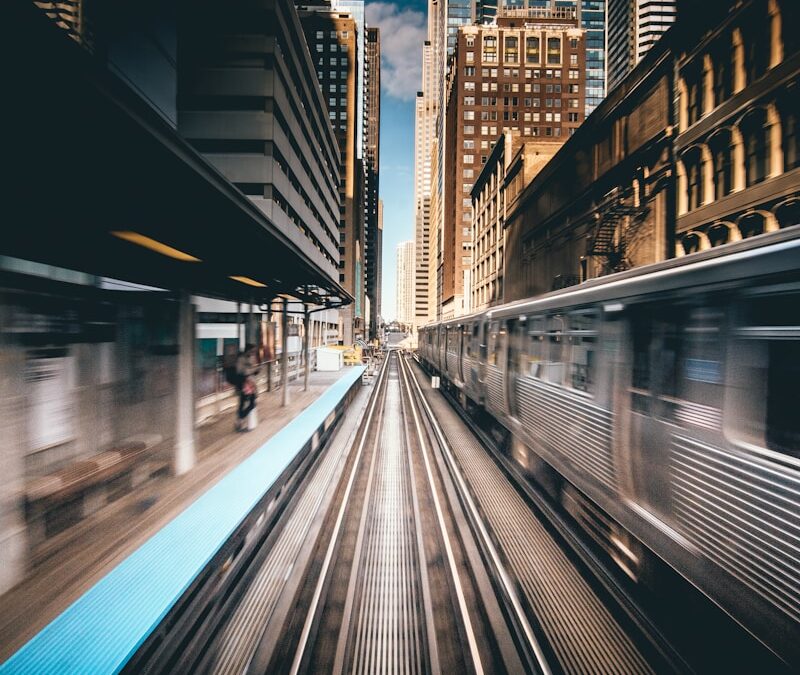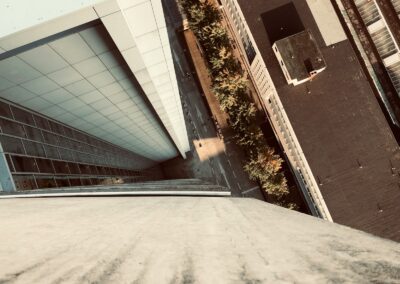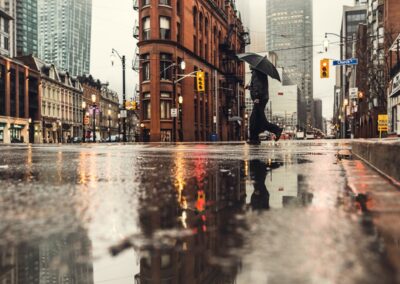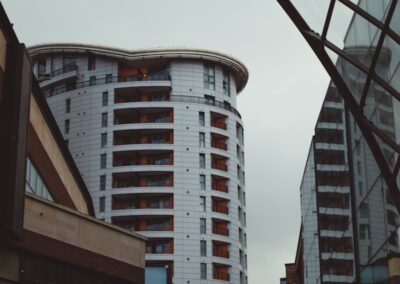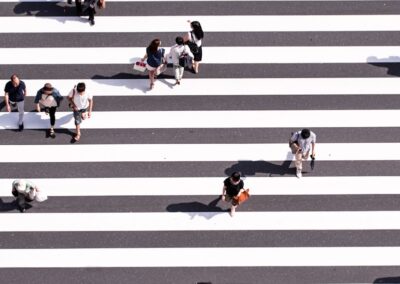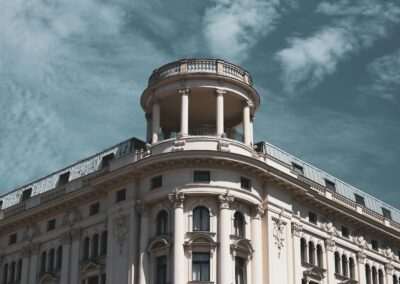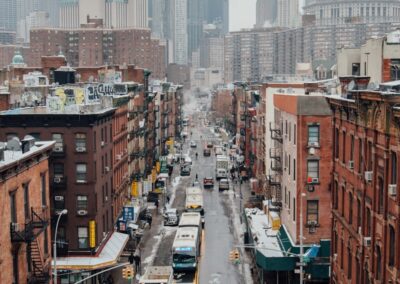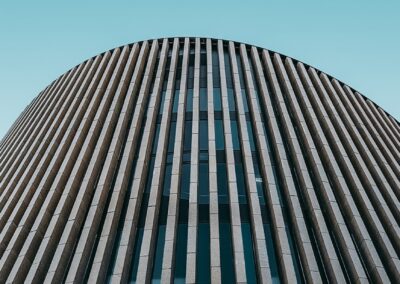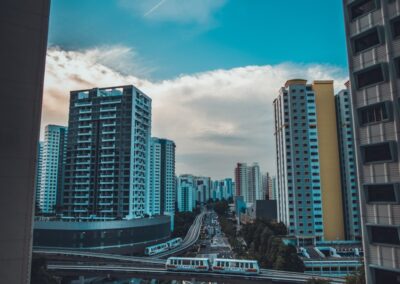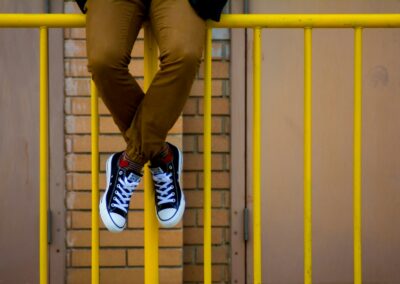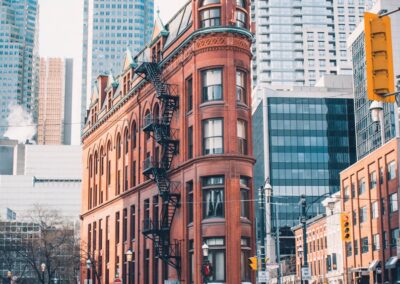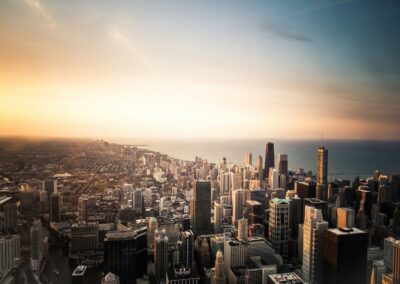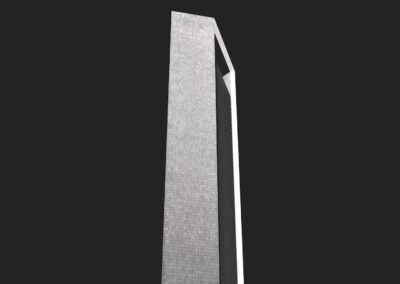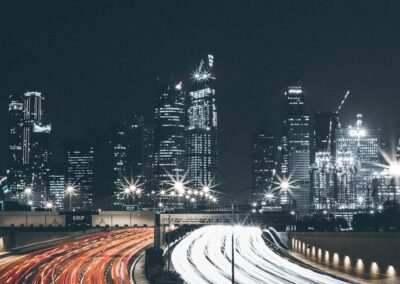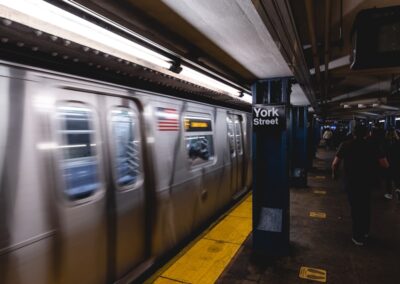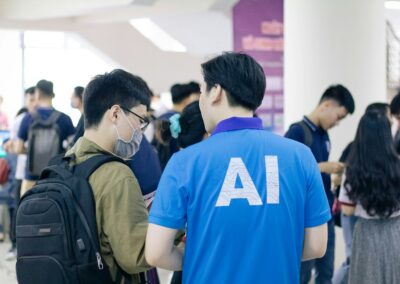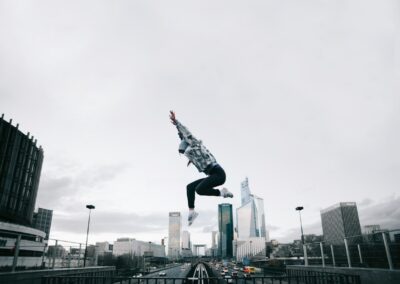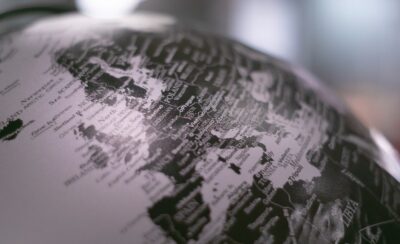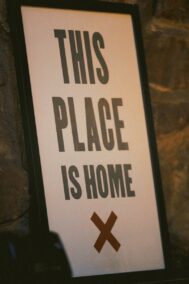Designing for Enhanced Urban Living
The Rise of Vertical Urban Developments
The social and cultural impacts of vertical urban developments are profound, influencing how communities interact and thrive. Cities like Riyadh and Dubai are at the forefront of this urban evolution, utilizing advanced design and technology to create high-rise living spaces that foster a sense of community and belonging. These vertical developments are not just architectural feats but also social experiments that redefine urban living.
In Riyadh, the push towards vertical urbanization is driven by the need to accommodate a growing population within a limited land area. High-rise buildings offer a solution by maximizing space efficiency while providing residents with modern amenities. However, the challenge lies in ensuring that these towering structures do not become isolating silos. Instead, through thoughtful design and the integration of communal spaces, Riyadh is creating vertical neighborhoods where residents can connect and engage with each other.
Dubai, renowned for its skyline punctuated with iconic skyscrapers, exemplifies the potential of vertical urban developments. The city’s urban planners focus on creating self-sufficient communities within high-rise buildings. These developments often include shared facilities such as gyms, pools, and community centers, which encourage interaction among residents. Additionally, Dubai’s emphasis on cultural inclusivity and diversity is reflected in the design of these vertical spaces, ensuring that they cater to the needs of a cosmopolitan population.
Fostering a Sense of Community
Creating a sense of community in vertical urban developments requires innovative design strategies and thoughtful planning. In Riyadh, architects and developers are incorporating elements that promote social interaction. Common areas such as rooftop gardens, communal lounges, and multipurpose halls are designed to be inviting spaces where residents can gather and socialize. These areas serve as the heart of vertical communities, providing opportunities for residents to build relationships and foster a sense of belonging.
Dubai’s approach to fostering community within vertical developments includes the integration of smart technologies that enhance connectivity and convenience. For instance, digital platforms and apps allow residents to communicate with each other, participate in building activities, and stay informed about community events. This technological integration not only makes daily life more convenient but also strengthens the social fabric by facilitating interactions and engagement among residents.
Both Riyadh and Dubai are also focusing on mixed-use developments that combine residential, commercial, and recreational spaces within the same building or complex. This approach ensures that residents have access to essential services and amenities within walking distance, reducing the need for commuting and encouraging local economic activity. By designing buildings that cater to various aspects of daily life, these cities are creating vibrant, self-sustaining communities that thrive vertically.
Cultural Impacts and Inclusivity
The cultural impacts of vertical urban developments are significant, shaping the way people live and interact within urban environments. In Riyadh, there is a strong emphasis on preserving cultural heritage while embracing modernity. This is reflected in the design of high-rise buildings that incorporate traditional architectural elements and cultural motifs. By blending the old with the new, Riyadh is creating vertical spaces that resonate with the local culture and history, fostering a sense of pride and identity among residents.
Dubai’s diverse population presents unique challenges and opportunities for cultural inclusivity in vertical developments. The city’s high-rise buildings are designed to be multicultural hubs that reflect the cosmopolitan nature of the city. Spaces are created to accommodate various cultural practices and traditions, from prayer rooms and cultural centers to international cuisine restaurants and diverse retail outlets. This inclusivity ensures that residents from different backgrounds feel at home and valued within their vertical communities.
Both cities are also leveraging the potential of art and public installations to enhance the cultural vibrancy of vertical developments. In Riyadh, art pieces and installations are strategically placed in common areas to reflect the city’s cultural heritage and artistic talent. Dubai, known for its dynamic art scene, integrates contemporary art and public installations into its high-rise buildings, creating visually stimulating environments that inspire and engage residents. By incorporating art and culture into the design of vertical spaces, these cities are enriching the urban living experience and promoting cultural appreciation.
Conclusion: The Future of Vertical Urban Living
The social and cultural impacts of vertical urban developments are reshaping urban living, fostering community, and enhancing cultural inclusivity. Cities like Riyadh and Dubai are leading the way in integrating innovative design and smart technologies to create high-rise living spaces that support social interaction and cultural diversity. By focusing on community-oriented design and cultural preservation, these cities are setting new standards for sustainable and inclusive urban development.
As vertical urban developments continue to rise, the emphasis on social and cultural impacts will become increasingly important. Future high-rise buildings will need to balance the demands of modern urban living with the need for community and cultural identity. The experiences of Riyadh and Dubai provide valuable insights into how this balance can be achieved, offering a model for other cities to follow.
In conclusion, the integration of social and cultural considerations in the design of vertical urban developments is essential for creating vibrant, cohesive, and inclusive communities. By prioritizing these aspects, cities like Riyadh and Dubai are not only enhancing the quality of life for their residents but also demonstrating the potential of vertical living to transform urban landscapes. The future of urban living lies in the ability to build upwards while maintaining a strong sense of community and cultural identity.
#VerticalUrbanDevelopments #SocialImpact #CulturalImpact #CommunityDesign #UrbanLiving #AITechnology #ModernTechnology #BusinessSuccess #LeadershipSkills #ProjectManagement #Riyadh #Dubai

